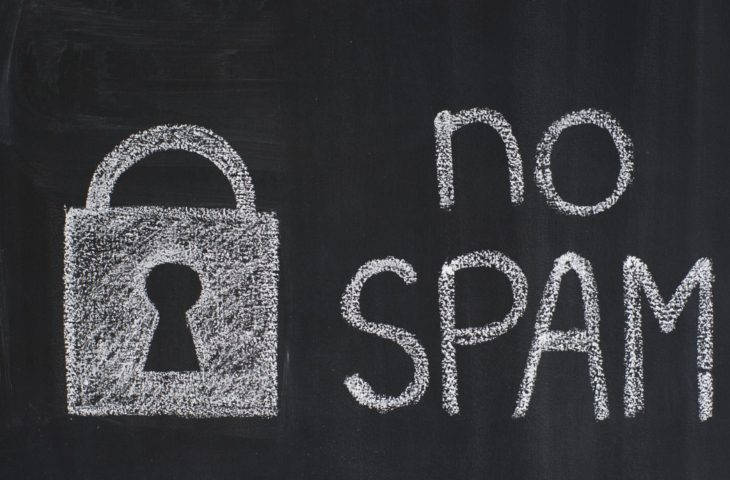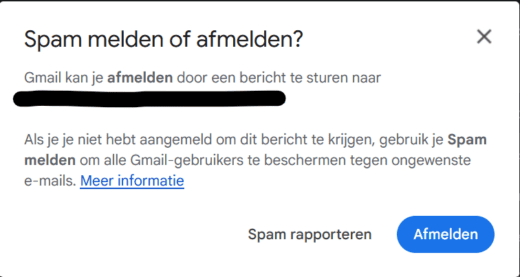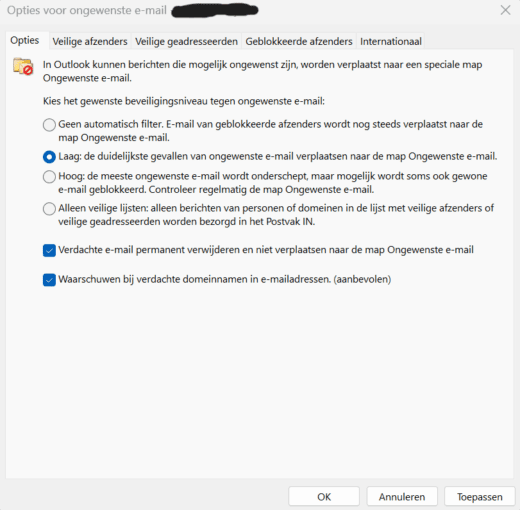Don’t give spam a chance in Gmail and Outlook
- January 15, 2024
- 0
Spam emails are not only annoying, opening them can also have dire consequences. We’ll show you a few tricks to give spam as little chance as possible of
Spam emails are not only annoying, opening them can also have dire consequences. We’ll show you a few tricks to give spam as little chance as possible of


Spam emails are not only annoying, opening them can also have dire consequences. We’ll show you a few tricks to give spam as little chance as possible of ending up in your Gmail or Outlook inbox.
Spam is as old as the Internet itself. From unsolicited advertising to sneaky attempts to steal login or banking information, spam emails can take a variety of forms. Recognizing in a timely manner when an email is unwanted is an important digital skill today, although it is easy to make an incorrect assessment in a moment of inattention.
Popular email applications like Gmail and Outlook are equipped with spam filters that are getting better, but many unwanted emails still go unnoticed. After all, experienced “spammers” know the tricks of the trade and know how to compose their emails to bypass the filters. Passively leaving spam emails unopened is an understandable reaction, but by taking active action, you reduce the likelihood of spam ending up in your inbox in the first place.
We’ll start with Gmail. Removing spam is a breeze in Google’s email application. Gmail’s spam filters already make a pre-selection and store (suspicious) spam emails in a separate folder. You can find this by fully expanding the toolbar on the left and opening the folder Spam to choose. You don’t always have to look far.
In this folder you will see an overview of the emails that have been marked as spam by Gmail. This folder is automatically emptied every thirty days, but it’s not a bad habit to do it manually every now and then. You can select and click an email individually or the entire email in one action Delete permanently click. Did Gmail make a mistake and incorrectly mark an email as spam? Select the email and click No spam to move it back to your inbox.

Select the email. This will open a toolbar with actions you can perform, such as: E.g. archive or move to trash. You can also report the email as spam by clicking on the exclamation mark. If it’s a newsletter you receive frequently, Gmail will ask you to confirm whether you’re sure it’s spam. You can also unsubscribe from the newsletter without marking the sender as spam.

You’ll never be able to completely prevent spam, but by reporting spam emails to Google, you can reduce the risk. Actively reporting spam has several benefits. First and foremost, this will remove annoying spam from your inbox.
Second, you’re also telling Gmail that you don’t want to receive a certain type of email, so the spam filters will look for it more actively. Third, a frequently reported sender will be “blacklisted,” meaning their emails will be blocked more quickly. This will not only do yourself a favor, but also those around you and it will hardly take more time than manually deleting an email.
Microsoft does not use the term “spam”, but rather the folder Spam has the same function as the spam folder in Gmail. You can find spam emails by expanding the folder window. You can use the settings to specify how far Outlook should go in filtering emails. The higher the filter level, the higher the likelihood that legitimate emails will also be blocked. You can also set Outlook to warn you about suspicious domain names and/or delete suspicious emails immediately without first putting them in the Junk folder.

Gmail has even more built-in security features. Learn how to use confidential mode in this guide.
Source: IT Daily
As an experienced journalist and author, Mary has been reporting on the latest news and trends for over 5 years. With a passion for uncovering the stories behind the headlines, Mary has earned a reputation as a trusted voice in the world of journalism. Her writing style is insightful, engaging and thought-provoking, as she takes a deep dive into the most pressing issues of our time.